Latest Prefix Related To Sustainable Living.
Prefix of eco friendly living
Let’s talk about how little things can make a big difference in living sustainably. You know, those small changes we make, like using products labeled “eco,” “green,” or “sustainable.” They might seem small, but they have a huge impact on our lives, our communities, and our planet. Here is a prefix of sustainable living that will provide you proper insights.
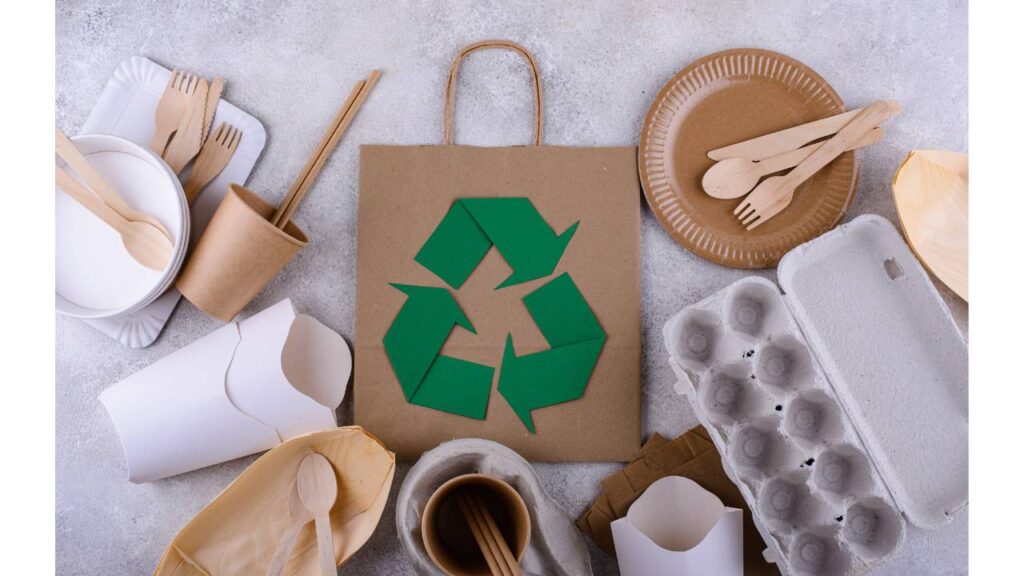
Table of Contents
Understanding the “Eco” Ethos
The term “eco” originates from the Greek word “oikos,” which translates to “house” or “home.” It represents a comprehensive mindset of living in balance with our surroundings, acknowledging the interdependence of all organisms. Embracing the “eco” philosophy involves opting for environmentally friendly products and adopting mindful practices that reduce harm to the Earth and its inhabitants.
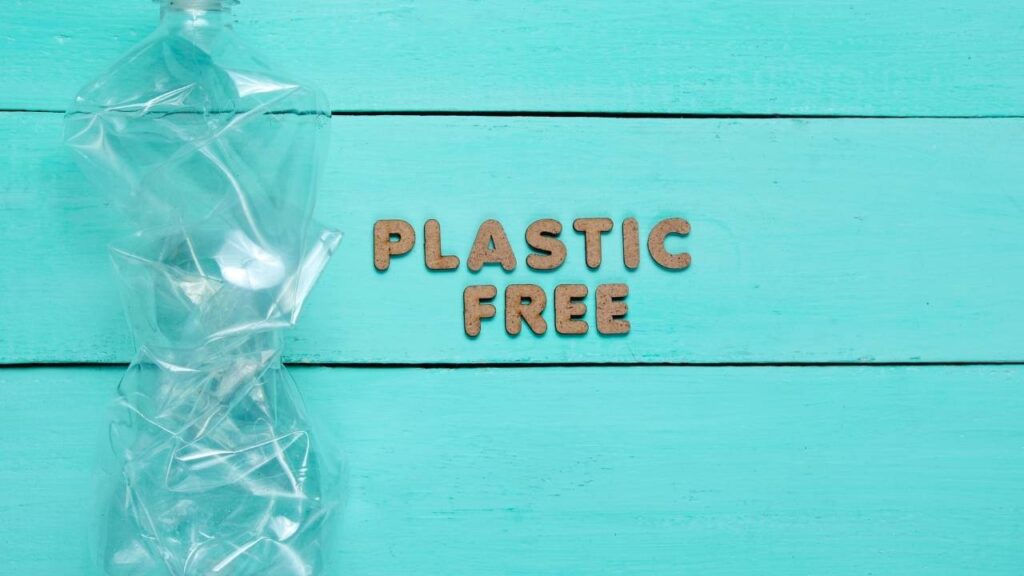
Consider the widespread adoption of eco-friendly alternatives to single-use plastics. From reusable water bottles and shopping bags to compostable packaging, consumers are increasingly turning away from traditional plastic products in favor of more sustainable options. According to statistics, the global market for eco-friendly products is projected to reach $11.24 billion by 2023, reflecting a growing demand for sustainable alternatives.
Understanding The Bio
The prefix we’re talking about here is used to describe things that come from living organisms or natural processes. It’s all about using resources that can be replenished and staying connected to the natural world. Let me give you a few examples to make it clearer :-
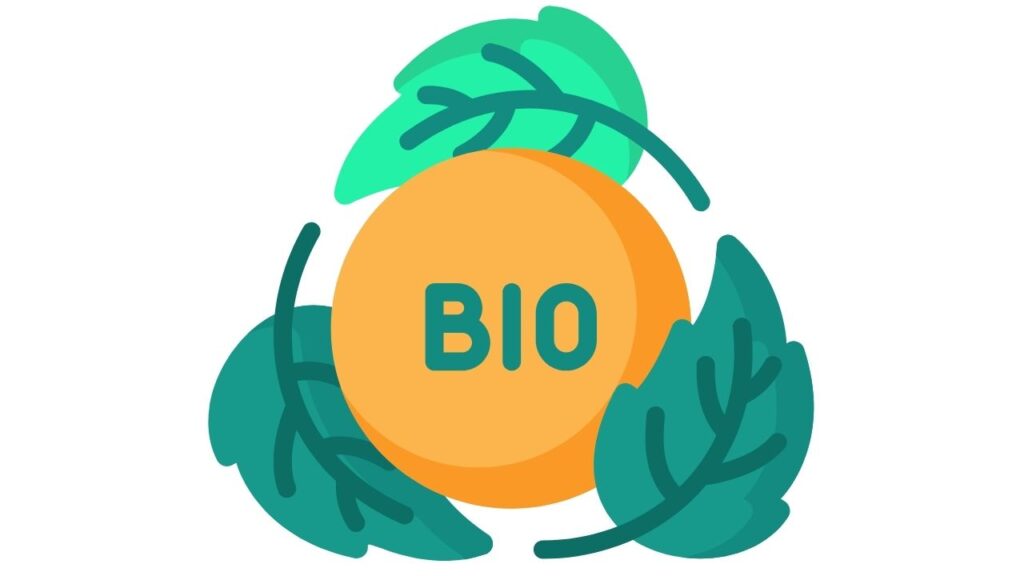
Bio Degradable
Biodegradable products are items that have the ability to break down naturally with the help of microorganisms. These products, such as biodegradable trash bags, can be decomposed by tiny living organisms found in the environment. This process is important because it reduces the amount of waste that ends up in landfills and helps to protect our planet. By using biodegradable products, we can contribute to a more sustainable and eco-friendly future.
Bio Fuel
Biofuel refers to a type of fuel that is produced through the conversion of biomass, which can come in the form of liquid, solid, or gaseous fuel. Examples of biofuels include bioethanol derived from sugar cane or corn, charcoal or woodchips, and biogas obtained from the anaerobic decomposition of various wastes. This alternative source of energy is considered to be more environmentally friendly compared to traditional fossil fuels.
Bio Plastics
A bioplastic is a type of material that is made from a natural source or a renewable resource and is used to create various products. It is a polymer, which means it is made up of long chains of molecules. Unlike traditional plastics that are derived from fossil fuels, bioplastics are more environmentally friendly because they come from sustainable sources.
These materials can be used to make a wide range of products, such as packaging materials, disposable cutlery, and even clothing. By using bioplastics, we can reduce our reliance on non-renewable resources and help protect the environment.
Understanding the Re
The use of this prefix focuses on the concept of reusing or recycling, which highlights the significance of reducing waste and giving materials a chance for a second purpose. Some instances of this prefix in action are:
Renewable
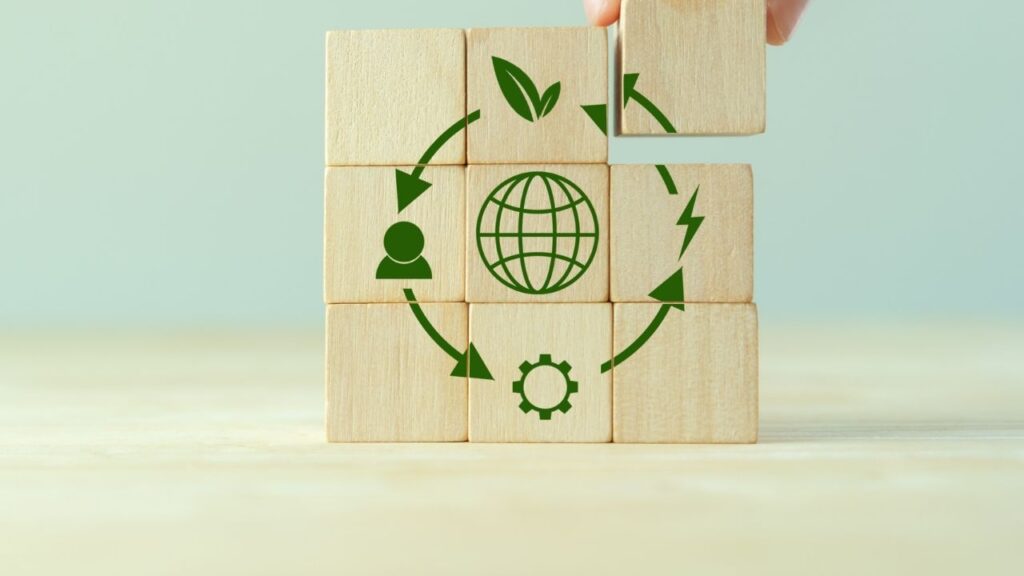
Renewable energy is derived from sources that are constantly replenished by nature, like the sun, wind, and tides. This type of energy can be harnessed for various purposes including generating electricity, heating and cooling spaces, and powering transportation.
On the other hand, non-renewable energy is obtained from finite resources such as coal, natural gas, and oil. Unlike renewable energy, non-renewable sources will eventually run out as they are not replenished by nature at the same rate they are consumed.
Regenerated
Recycled materials are those that have undergone a series of processes to transform them into a new and usable form. For instance, regenerated cotton is obtained from old clothing that has been recycled. This means that instead of being discarded, the cotton is carefully processed and transformed into a new material that can be used again.

Recycling not only helps to reduce waste but also allows us to give a second life to materials that would otherwise end up in landfills. By reusing these materials, we can contribute to a more sustainable and environmentally friendly future.
Understanding The Thermo
This prefix shows that the main focus is on making sure things are warm and using energy in the best way possible. It encourages ways of doing things that use less energy. Some examples are:
Thermal Insulation
Thermal insulation refers to a collection of materials and methods used to minimize the transfer of heat between two areas, such as the inside and outside of a house or different spaces within the same house. By installing these insulating materials and employing specific construction techniques, the amount of heat that passes through is significantly reduced, helping to maintain a comfortable temperature and save energy.
Read More on the article Eco Friendly Homes.
Thermostat
Thermostat is an automatic temperature control device is a gadget that can adjust the temperature on its own or turn on another device when the temperature hits a specific level.
Go Green
Sustainability is often associated with the term “green,” which signifies a dedication to environmental responsibility and conservation. Whether it’s through green buildings or green energy initiatives, adopting a green approach involves various practices that aim to minimize our impact on the environment and protect natural resources. If you’re interested in going beyond and embracing a zero-waste lifestyle, you can find valuable insights and practical tips at https://wecareearth.com/sustainable-living/zero-waste/ to help you lead a more sustainable life.
For example, the green building movement has gained momentum in recent years, with an increasing number of architects and developers incorporating sustainable design principles into their projects. Green buildings utilize energy-efficient technologies, renewable materials, and innovative design strategies to minimize energy consumption and reduce environmental impact. Studies show that green buildings can reduce energy consumption by up to 50% and water usage by up to 40%, making them a cornerstone of sustainable development.
The Power of Prefixes in Practice
Sustainable living prefixes go beyond mere buzzwords; they embody concrete steps and choices that individuals, businesses, and communities can take to advance sustainability. From embracing eco-friendly practices to investing in green technologies and endorsing sustainable brands, each decision we make holds the power to shape a more sustainable future.
However, embracing these prefixes isn’t without its challenges. Limited access to affordable eco-friendly products, entrenched consumer habits, and inadequate infrastructure pose significant barriers to widespread adoption. Additionally, the perception that sustainable alternatives are expensive or inconvenient can deter individuals from making the switch.
Sustainable Living Examples To Follow
Living sustainably means making choices that are good for the planet. For example, when you buy food that’s grown locally and is in season, it’s better for the environment because it doesn’t need to travel far or be treated with lots of chemicals. Plus, sustainable farming practices help reduce waste and encourage healthier eating habits.
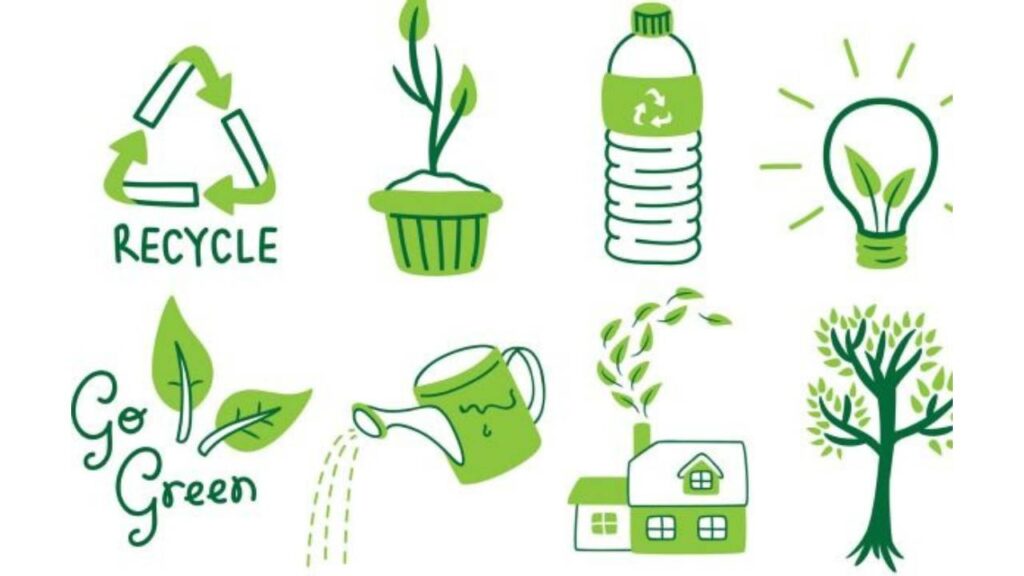
Reducing meat consumption, particularly beef and lamb, can contribute to environmental preservation as meat production is a major source of pollution and deforestation. Additionally, opting for products made from recycled materials or designed to minimize waste, such as cosmetics in recycled containers or furniture made from reused materials, is an effective approach to lessen your ecological footprint. If you’re seeking a challenge to initiate your sustainable living journey, you can find more at this link for a 30-day challenge at our We Care Earth Website. Do share your feedback at the end in the comment section.
Overcoming Challenges, Embracing Opportunities
Despite these challenges, the momentum towards sustainable living continues to build. Innovations in technology, shifts in consumer preferences, and growing awareness of environmental issues are driving positive change across industries. Moreover, the collective efforts of individuals, businesses, and policymakers are paving the way for a more sustainable and resilient future. For insights into the latest innovations and trends shaping the sustainability landscape, Read this article on future of sustainable living.
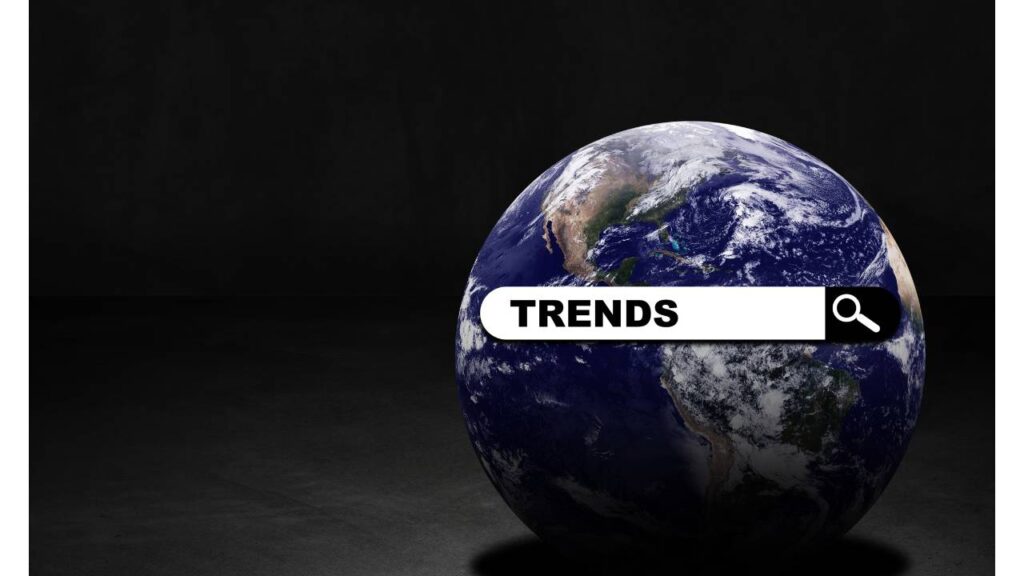
In our journey towards sustainable living, it is crucial to acknowledge the significance of every minor adjustment. Whether it involves choosing environmentally friendly goods, minimizing energy usage, or advocating for sustainable policies, each of us has a part to play in building a more sustainable world.
Conclusion
In summary, the utilization of sustainable living prefixes reflects our commitment to being environmentally responsible and mindful consumers. By adopting an “eco” mindset, embracing green practices, and actively promoting sustainability, we can collaborate to create positive change and build a more sustainable future for future generations. Let’s forward on this journey together, using the power of language to inspire action, foster innovation, and establish a world where all living beings can thrive. If you’re interested in delving deeper into sustainable living and gaining further insights into its principles, you can find valuable resources and information at Inspire Clean Energy
Contact Us for any queries/suggestions/support at contact@wecareearth.com. We will be glad to help & guide you in anyway possible. Visit We Care Earth for eco conscious articles on sustainable living, Climate Change, Sustainable Gardening & Green Brands.
